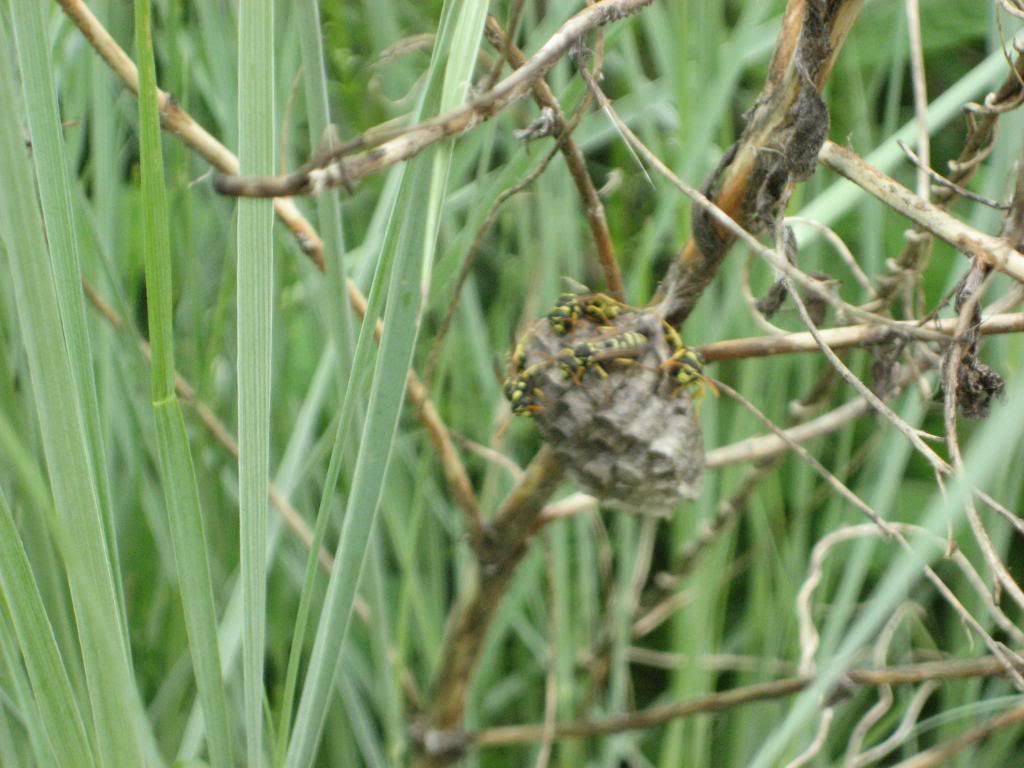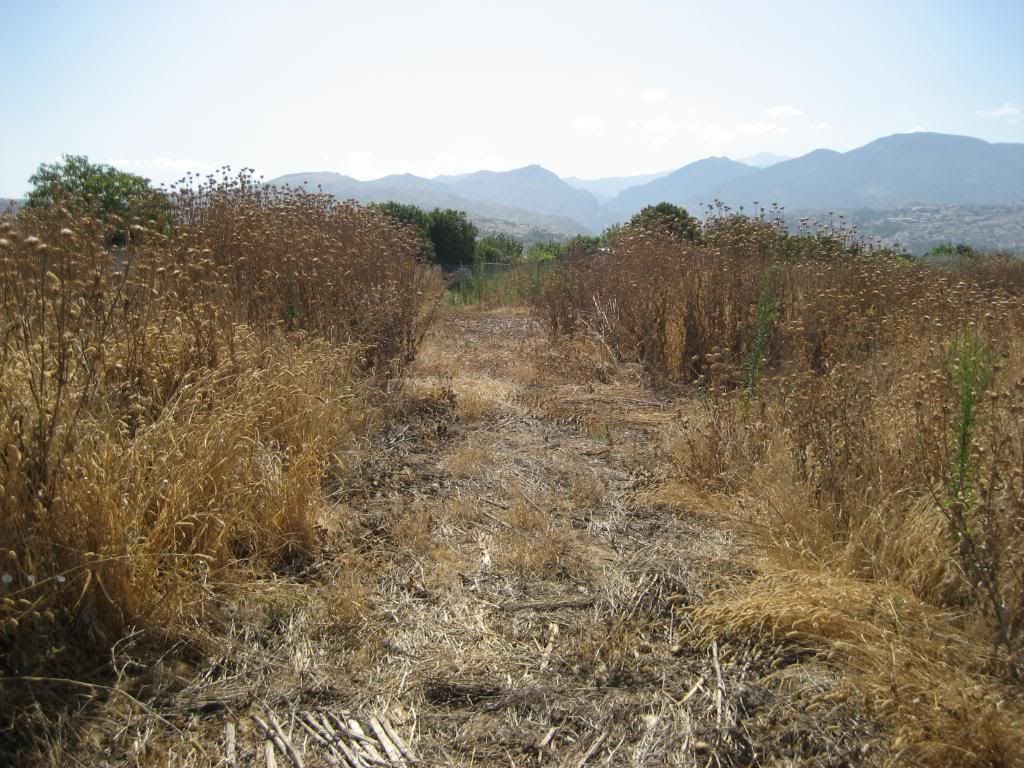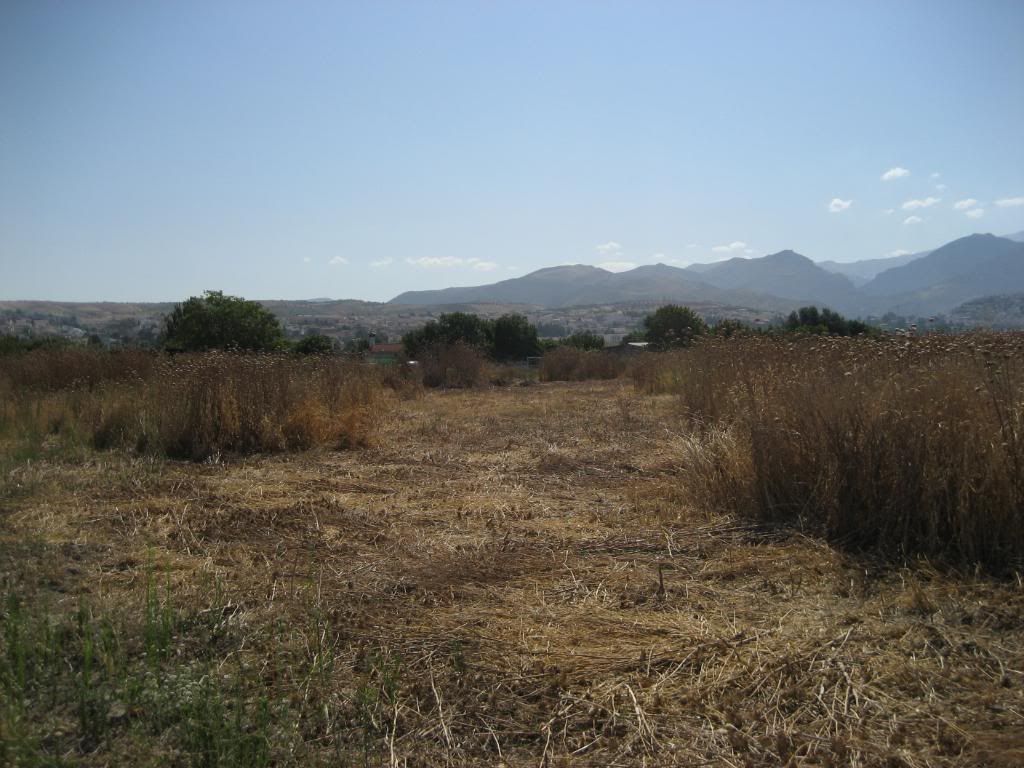
 1
1




lets share great techniques for permaculture (cold climates!?). Join our chat on Permaculture Montana on facebook




















Intermountain (Cascades and Coast range) oak savannah, 550 - 600 ft elevation. USDA zone 7a. Arid summers, soggy winters




lets share great techniques for permaculture (cold climates!?). Join our chat on Permaculture Montana on facebook
 1
1








"Solve world hunger . . . tell no one." The, the, the, . . . THE GRINCH!







see our piece of land in our blog http://lavegaentransicion.wordpress.com/








![Filename: yellow-jacket.jpg
Description: They are gone [Thumbnail for yellow-jacket.jpg]](/t/9572/a/6341/yellow-jacket.jpg)




Chuck Eiwen wrote:I have been looking for ways to get rid of a nest of yellow jackets in my flower garden but when i woke up this morning they were gone. Their combs were place to the left of a hole that was about a foot deep and three inches wide...there were no animal tracks around.
Any ideas about what happened?

| I agree. Here's the link: http://stoves2.com |